Home>Articles>How Much Bowing Is Acceptable For Basement Walls
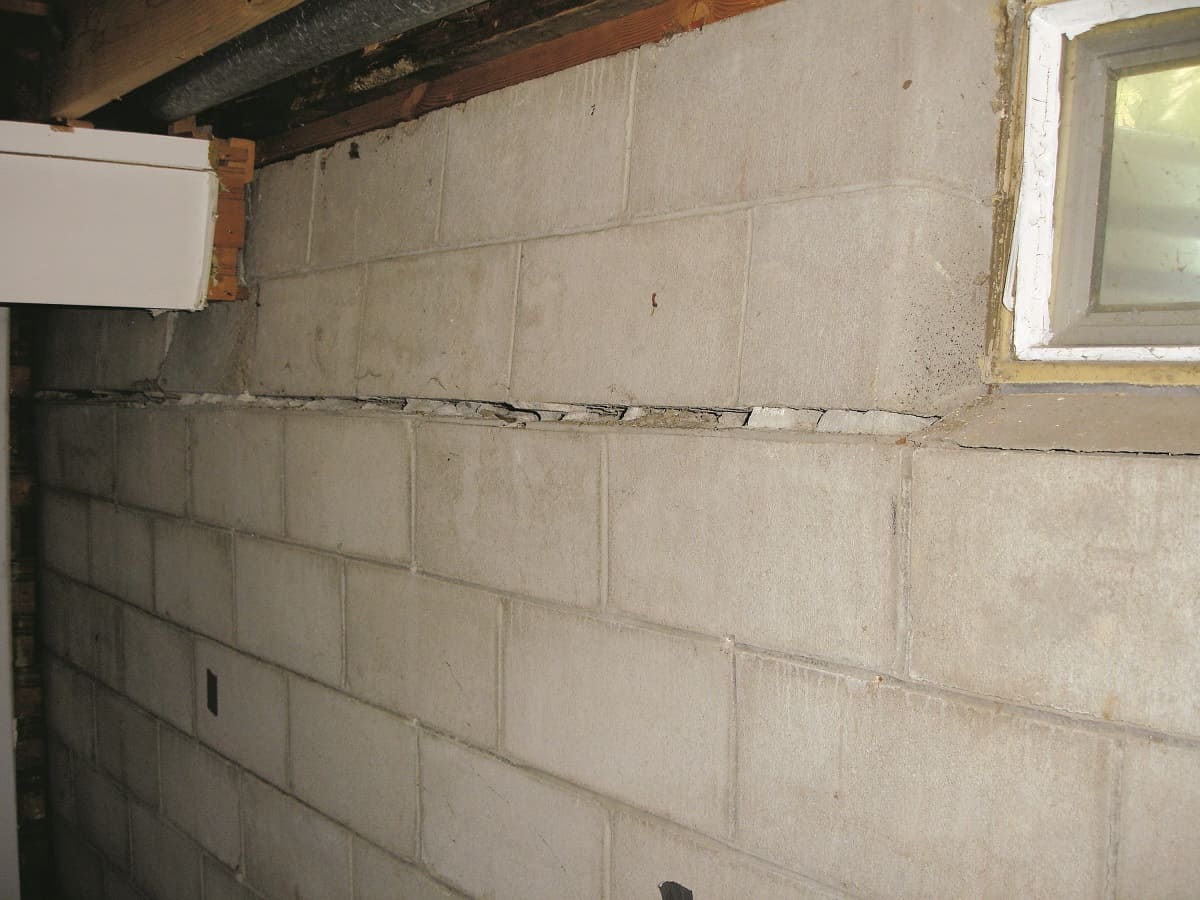

Articles
How Much Bowing Is Acceptable For Basement Walls
Modified: January 18, 2024
Learn how to determine the acceptable amount of bowing in basement walls with our informative articles.
(Many of the links in this article redirect to a specific reviewed product. Your purchase of these products through affiliate links helps to generate commission for Storables.com, at no extra cost. Learn more)
Introduction
Welcome to our comprehensive guide on bowing in basement walls. Basement walls play a crucial role in supporting the structure of a building, and any signs of bowing or movement can be concerning for homeowners. In this article, we will explore the causes of bowing in basement walls, the effects it can have on the overall integrity of the structure, and how to determine whether the level of bowing is acceptable or requires immediate attention. We will also provide steps on how to address and rectify unacceptable levels of bowing.
Basement walls can bow due to a variety of factors, including hydrostatic pressure, poor construction techniques, and natural ground movement. Understanding these causes is essential in determining the severity of bowing and the necessary actions to take.
However, not all instances of bowing in basement walls are cause for alarm. Some level of bowing may be considered acceptable and not pose any significant threat to the structural integrity of the building. Knowing how to recognize and measure bowing is crucial in making an informed decision on whether immediate action is necessary.
Throughout this article, we will provide detailed information and guidance on how to identify acceptable bowing in basement walls. We will also discuss the factors that influence the acceptability of bowing, such as the type of foundation and the overall condition of the basement walls.
If you are unsure whether the level of bowing in your basement walls is acceptable or requires attention, it is always recommended to consult with a professional. They can assess the situation and provide the most accurate and appropriate advice.
So, let’s dive in and explore the causes, effects, recognition, measurement, and response to bowing in basement walls. By the end of this guide, you will have a clear understanding of what constitutes acceptable bowing and the steps to take if the bowing is deemed unacceptable.
Key Takeaways:
- Understanding the causes, effects, and recognition of bowing in basement walls is crucial for homeowners. Consulting a professional for assessment and guidance is essential to determine the severity and necessary actions.
- Measuring and considering various factors in determining the acceptability of bowing, along with regular monitoring, are key steps in addressing and preventing further damage to basement walls. Professional expertise is vital for effective resolution.
Read more: How To Fix A Bowing Basement Wall
Causes of Bowing in Basement Walls
Understanding the underlying causes of bowing in basement walls is essential in addressing and preventing further damage. Several factors can contribute to the bowing of basement walls, including:
- Hydrostatic Pressure: One of the leading causes of bowing is hydrostatic pressure. When the soil surrounding the foundation becomes saturated with water, it exerts pressure against the basement walls, causing them to bow inward. This pressure can be intensified during heavy rainfall or if the property is located in an area with a high water table.
- Poor Construction Techniques: Improper construction practices can weaken the structural integrity of basement walls, making them more prone to bowing. Insufficient reinforcement, improper curing of concrete, or the use of subpar construction materials can all contribute to the development of bowing over time.
- Natural Ground Movement: Natural geological factors, such as soil settlement, expansive clay, or shifts in the earth’s crust, can cause the foundation to move. These shifts can result in uneven stress distribution on the basement walls, leading to bowing.
- Tree Root Growth: Nearby tree roots can exert significant pressure on the foundation, causing basement walls to bow. As tree roots grow, they can infiltrate the soil under the foundation and disrupt its stability. This can lead to uneven pressure and eventual bowing of the walls.
- Excessive Moisture: High levels of moisture within the basement can weaken the structural integrity of the walls. Factors such as improper drainage systems, water leaks, or condensation can contribute to increased moisture levels and consequently lead to bowing.
It’s worth noting that often, bowing in basement walls is the result of a combination of these factors. For example, a building located in an area with a high water table and inadequate drainage systems can experience more significant bowing due to the combination of hydrostatic pressure and excessive moisture.
Identifying the specific causes contributing to bowing in your basement walls can help in determining the appropriate measures to address the issue effectively. Consulting with a professional who specializes in foundation repair or basement waterproofing can provide valuable insights and guidance tailored to your specific situation.
Effects of Bowing on Basement Walls
Bowing in basement walls can have various detrimental effects on the overall integrity and functionality of the structure. Understanding these effects is important in assessing the seriousness of the bowing and determining the necessary course of action. Here are some common effects of bowing on basement walls:
- Compromised Structural Integrity: As basement walls bow inward, they lose their ability to support the weight of the building adequately. This compromises the structural integrity of the entire structure, potentially leading to further damage and safety concerns.
- Water Infiltration: Bowing in basement walls can create gaps and cracks, allowing water to infiltrate the interior space. This can result in moisture issues, mold growth, and damage to personal belongings or finished areas of the basement.
- Foundation Instability: Bowing walls can put significant stress on the foundation of the building. As the walls continue to bow, the foundation may shift or crack, leading to further instability throughout the structure.
- Decreased Property Value: The presence of bowing in basement walls can negatively impact the value of a property. Potential buyers may be hesitant to invest in a property with existing structural issues, making it challenging to sell the property at its full potential value.
- Potential Collapse: In severe cases where the bowing is left unaddressed, basement walls can eventually collapse. This poses a significant risk to the safety of occupants and can result in extensive damage to the building.
It’s important to note that the effects of bowing on basement walls can worsen over time if not properly addressed. Therefore, it is crucial to monitor and evaluate the severity of the bowing and take appropriate steps to rectify the issue as soon as possible.
If you notice any signs of bowing or movement in your basement walls, it is highly recommended to consult with a professional structural engineer or foundation repair specialist. They can assess the situation, determine the underlying causes, and provide the most suitable solutions to address the bowing and prevent further damage to your property.
Recognizing Acceptable Bowing in Basement Walls
Not all instances of bowing in basement walls are cause for immediate concern. Some level of bowing may be considered acceptable and not pose a significant threat to the structural integrity of the building. Recognizing and determining the acceptability of bowing is crucial in deciding whether immediate action is necessary. Here are some factors to consider:
- Visible Bowing: The visible signs of bowing, such as a slight curve or indentation in the basement walls, can help determine the acceptability of the bowing. Gradual and evenly distributed bowing is generally considered more acceptable than sudden or severe bowing that may indicate structural distress.
- Measurements: Measuring the degree of bowing can provide valuable information in determining the acceptability. Using a string line or laser level, measure the maximum deviation of the wall from a straight line. Acceptable bowing is typically defined as a few inches or less, while excessive bowing may require immediate attention.
- Crack Width: Pay attention to any accompanying cracks in the basement walls. For acceptable bowing, cracks should be narrow (less than 1/8 inch). Wide or expanding cracks can indicate a more significant issue and may require professional assessment.
- No Significant Movement: Assess whether the bowing in the basement walls has remained stable over time. Acceptable bowing typically shows no signs of significant movement or progression. If you notice the bowing continuing to worsen or if there are sudden changes in the appearance, it is crucial to seek professional advice.
- No Additional Structural Issues: Consider the overall condition of the basement walls and the absence of other structural issues. Acceptable bowing is less of a concern if there are no noticeable signs of foundation settling, bulging, or severe cracks in other areas.
It is essential to note that these guidelines for acceptable bowing are general recommendations, and it is always recommended to consult with a professional structural engineer or foundation specialist for a thorough evaluation. They can provide expert advice tailored to your specific situation and help determine whether the bowing in your basement walls is within an acceptable range or requires immediate attention.
Keep in mind that regular monitoring of the bowing is crucial, even if it is considered acceptable initially. Any changes or worsening of the bowing should be addressed promptly to prevent further damage and potential safety hazards.
Bowing of basement walls up to 1-2 inches is generally considered acceptable. However, it’s important to monitor and address any further bowing to prevent structural issues.
Measuring Bowing in Basement Walls
Measuring the degree of bowing in basement walls is an important step in determining the severity and acceptability of the issue. By accurately measuring the bowing, you can assess whether immediate action is required or if the bowing falls within an acceptable range. Here are some steps to help you measure the bowing in your basement walls:
- Gather the Necessary Tools: To measure the bowing, you will need a measuring tape, string line, and a level. A laser level can provide more precise measurements, but a conventional level will work as well.
- Select a Measuring Point: Choose a point on the basement wall that represents the maximum deviation from a straight line. This is typically at the midpoint or the area with the most prominent bowing. It’s important to select a consistent point of reference for accuracy.
- Affix the String Line: Attach the string line or laser level to the selected measuring point. Ensure that it is taut and straight. The string line should run horizontally along the length of the wall.
- Measure the Distance: Use the measuring tape to determine the distance between the string line and the bowing portion of the wall. Take multiple measurements along the bowing section to account for any irregularities.
- Record the Measurements: Note down the measurements you obtained for each section of the bowing. This will help you determine the maximum deviation and provide a clear understanding of the severity of the bowing.
- Compare with Acceptable Bowing Standards: Consult with a professional or refer to industry standards to determine what is considered acceptable bowing in basement walls. Generally, a few inches or less of deviation from the straight line is often deemed acceptable, but this can vary depending on the specific circumstances and the recommendations of experts.
- Regular Monitoring: It’s important to regularly monitor the bowing in your basement walls. Keep a record of your measurements and compare them over time. If you notice any sudden changes or a worsening of the bowing, it is crucial to seek professional advice.
Remember that accurate measurement of bowing can be challenging, and it is always recommended to consult with a professional structural engineer or foundation specialist for a thorough evaluation. They have the expertise and specialized equipment to provide accurate measurements and guidance specific to your situation.
By measuring the bowing in your basement walls and understanding the severity, you can make informed decisions on whether the bowing is within an acceptable range or requires immediate attention to prevent further damage or safety concerns.
Read more: How To Accept A Dinner Invitation
Factors to Consider in Acceptable Bowing
When assessing the acceptability of bowing in basement walls, it is important to consider various factors that can influence the severity and implications of the bowing. Here are some key factors to keep in mind:
- Type of Foundation: The type of foundation can play a role in determining what is considered acceptable bowing. Different foundation types, such as poured concrete, stone, or block, may have different tolerances for bowing. It is essential to consult with a professional to understand the specific expectations for your type of foundation.
- Age of the Structure: Older structures may naturally exhibit some degree of bowing due to settling and aging. Acceptable bowing in an older building may differ from that in a newly constructed one. Historical context and the overall condition of the structure should be taken into account when assessing the bowing.
- Location of the Bowing: The location of the bowing on the basement walls can also impact its acceptability. Bowing near corners or specific load-bearing areas may warrant closer inspection and potentially require more immediate attention compared to bowing in less critical areas.
- No Additional Structural Issues: If the bowing is the only apparent structural issue in the basement walls and there are no signs of foundation settling or extensive cracking, it could indicate that the bowing is within an acceptable range. However, it is still important to monitor the bowing over time to ensure it remains stable.
- No Signs of Distress: Assess whether the bowing is causing any noticeable distress to the overall structure. Shifting or uneven floors, jammed doors or windows, or cracking in other areas could indicate that the bowing is more severe and requires immediate attention, even if it falls within traditional acceptability thresholds.
It is crucial to remember that the acceptability of bowing can vary depending on individual circumstances and professional opinions. Consulting with a structural engineer or foundation specialist is strongly recommended to ensure a thorough assessment of the bowing and receive expert advice tailored to your specific situation.
Additionally, it is important to regularly monitor the bowing and any associated changes. Over time, even initially acceptable bowing can worsen or lead to additional structural issues. Regular inspections will help identify any changes and allow for timely intervention, if needed.
Consideration of these factors will help you make a more informed decision about the acceptability of bowing and determine the appropriate course of action to ensure the long-term stability and safety of your basement walls and overall structure.
Steps for Addressing Unacceptable Bowing in Basement Walls
When the bowing in basement walls is deemed unacceptable, immediate action is necessary to prevent further damage and ensure the safety and stability of the structure. Here are some essential steps to address unacceptable bowing:
- Consult with a Professional: Seek the expertise of a professional structural engineer or foundation specialist. They will assess the severity of the bowing and provide recommendations for appropriate measures to rectify the issue.
- Identify the Underlying Cause: Understanding the underlying cause of the bowing is crucial in determining the most suitable solution. It may involve addressing hydrostatic pressure, poor construction practices, soil instability, or other contributing factors. The professional will conduct a thorough evaluation to identify the root cause.
- Implement Foundation Stabilization Techniques: Depending on the severity of the bowing and its cause, various methods can be used for foundation stabilization. This may include the installation of steel braces, carbon fiber straps, wall anchors, or helical piers. These techniques will help to reinforce and stabilize the basement walls, preventing further movement.
- Repair and Seal Cracks: Cracks resulting from bowing should be repaired and sealed to prevent water infiltration and further deterioration. Epoxy injections or other suitable repair methods can be used to fill and seal the cracks effectively.
- Address Water Management: Adequate water management is essential in preventing future bowing and damage to the basement walls. This may involve correcting drainage issues, installing or improving the effectiveness of sump pumps and waterproofing systems, or addressing grading problems around the property.
- Maintain Regular Inspections: Once the necessary repairs and reinforcement have been completed, it is important to maintain regular inspections of the basement walls. This will help detect any signs of bowing recurrence or other structural issues that may require attention.
- Consider Preventive Measures: Depending on the specific circumstances and recommendations of the professional, additional preventive measures may be advised. These may include installing interior or exterior drainage systems, reinforcing the foundation, or taking proactive steps to mitigate potential causes of bowing.
- Monitor and Seek Professional Guidance: Regular monitoring of the basement walls is essential to ensure the effectiveness of the measures taken and to identify any signs of bowing or related issues. If any concerns arise, consult with a professional to address them promptly.
Addressing unacceptable bowing in basement walls requires professional expertise and specialized solutions. It is vital to work with qualified professionals who have experience in foundation repair and basement waterproofing to ensure the most effective and long-lasting resolution to the bowing issue.
By following these steps and taking appropriate action, you can rectify the unacceptable bowing in your basement walls, protect the integrity of the structure, and provide a safe and stable environment for your home or building.
Conclusion
Bowing in basement walls can be a concerning issue for homeowners, as it can indicate potential damage to the structural integrity of the building. However, not all instances of bowing are cause for immediate alarm. It is important to recognize and determine the acceptability of bowing to make informed decisions on whether immediate action is necessary.
In this comprehensive guide, we have explored the causes of bowing in basement walls, the effects it can have on the overall structure, and how to recognize acceptable bowing. We have also provided insights on measuring bowing and considering various factors in determining its acceptability. In the case of unacceptable bowing, we have outlined essential steps for addressing the issue and preventing further damage.
When faced with bowing in basement walls, it is crucial to consult with a professional structural engineer or foundation specialist who can assess the severity of the bowing and provide appropriate recommendations. They will identify the underlying cause and implement the necessary measures to mitigate and rectify the bowing.
Regular monitoring is key in preventing further damage. Monitoring the bowing and ensuring no additional structural issues arise will help maintain the stability and safety of the basement walls and the entire structure. Timely inspections and prompt action can prevent costly repairs and potential risks down the line.
Remember, every situation is unique, and it is important to seek professional guidance specific to your circumstances. The information provided in this guide serves as a general overview, but the advice and expertise of professionals should always be prioritized.
By understanding the causes, effects, recognition, measurement, and response to bowing in basement walls, you are better equipped to navigate the complexities of this issue. Taking the necessary steps to address bowing promptly can provide peace of mind, protect your property, and ensure a safe living environment for you and your loved ones.
Frequently Asked Questions about How Much Bowing Is Acceptable For Basement Walls
Was this page helpful?
At Storables.com, we guarantee accurate and reliable information. Our content, validated by Expert Board Contributors, is crafted following stringent Editorial Policies. We're committed to providing you with well-researched, expert-backed insights for all your informational needs.
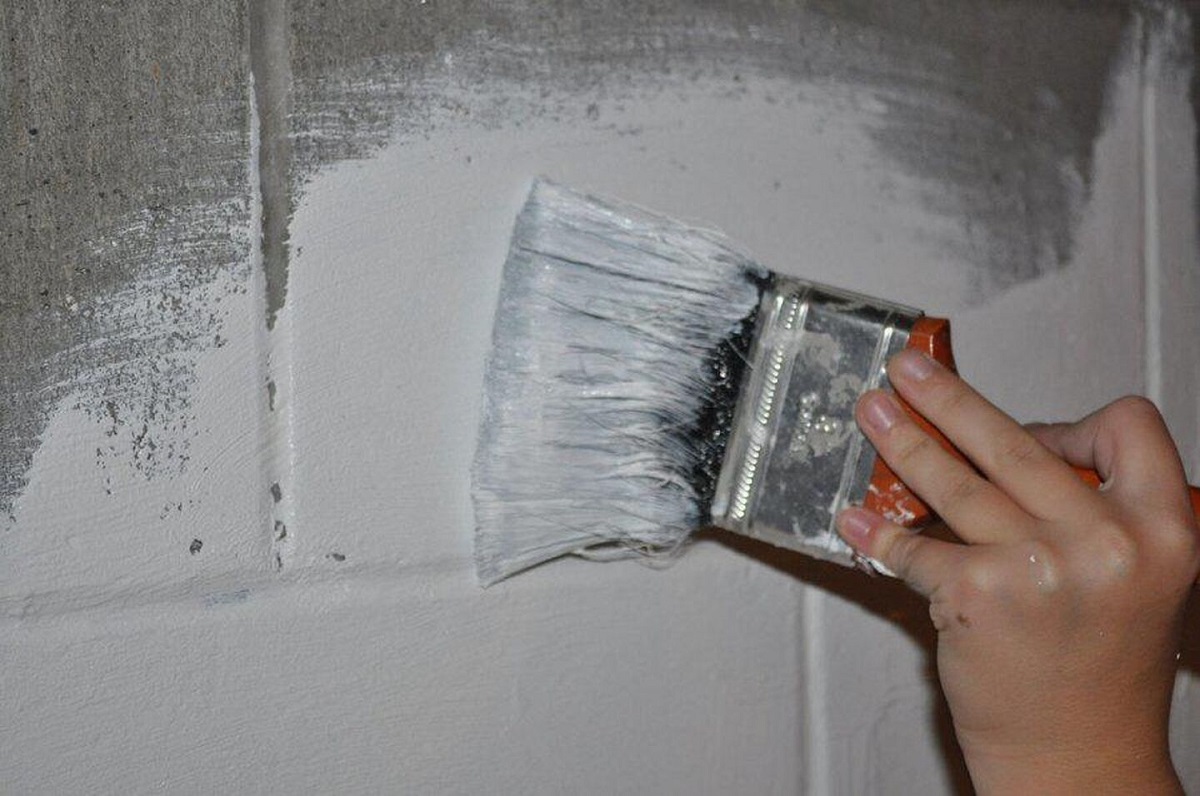
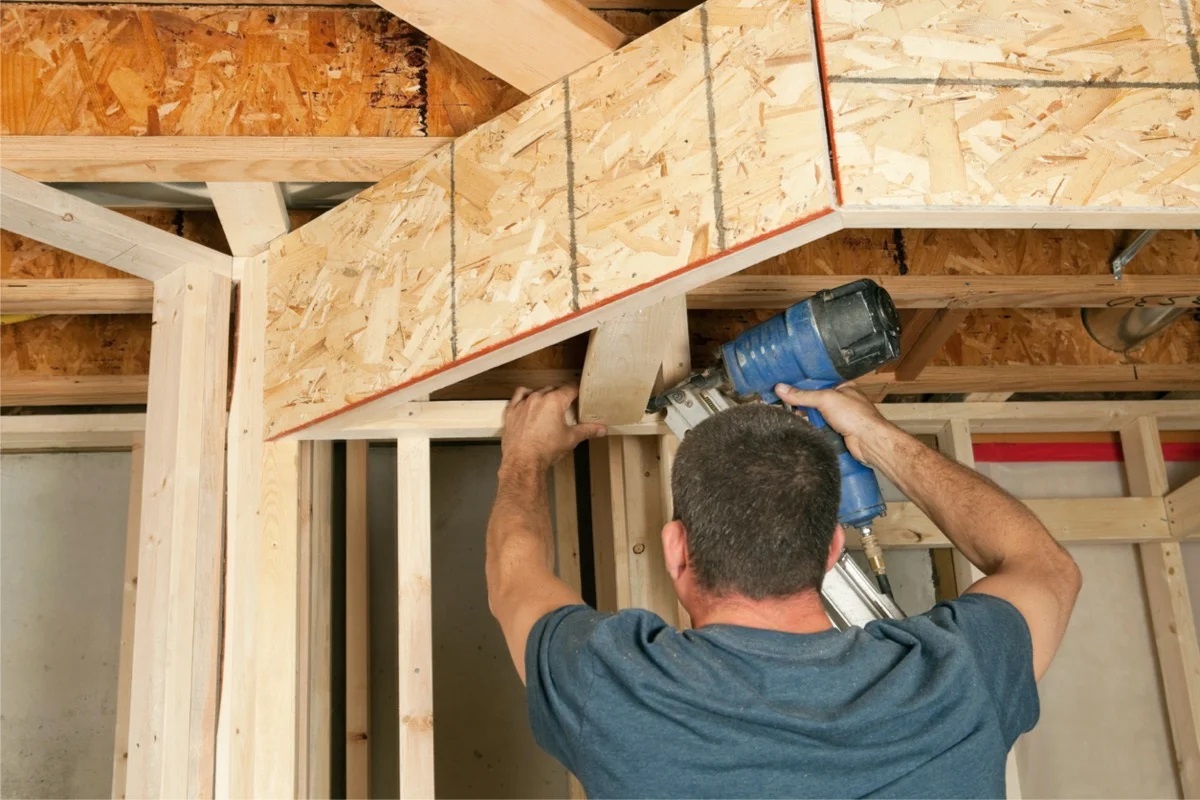
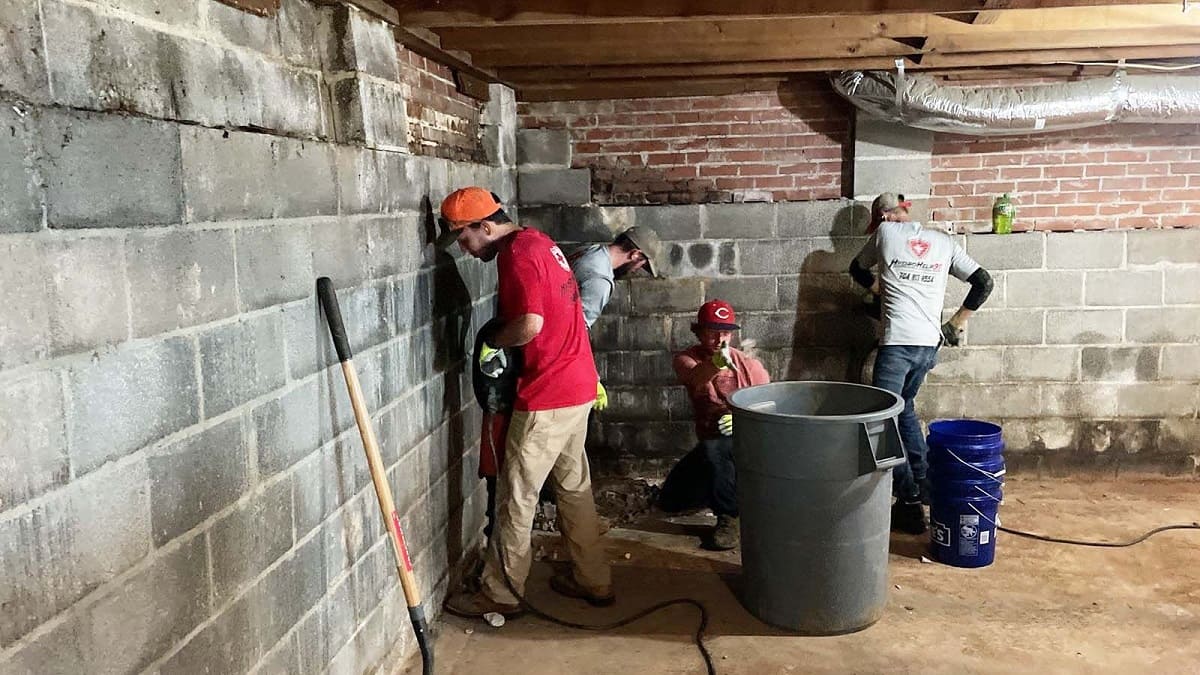
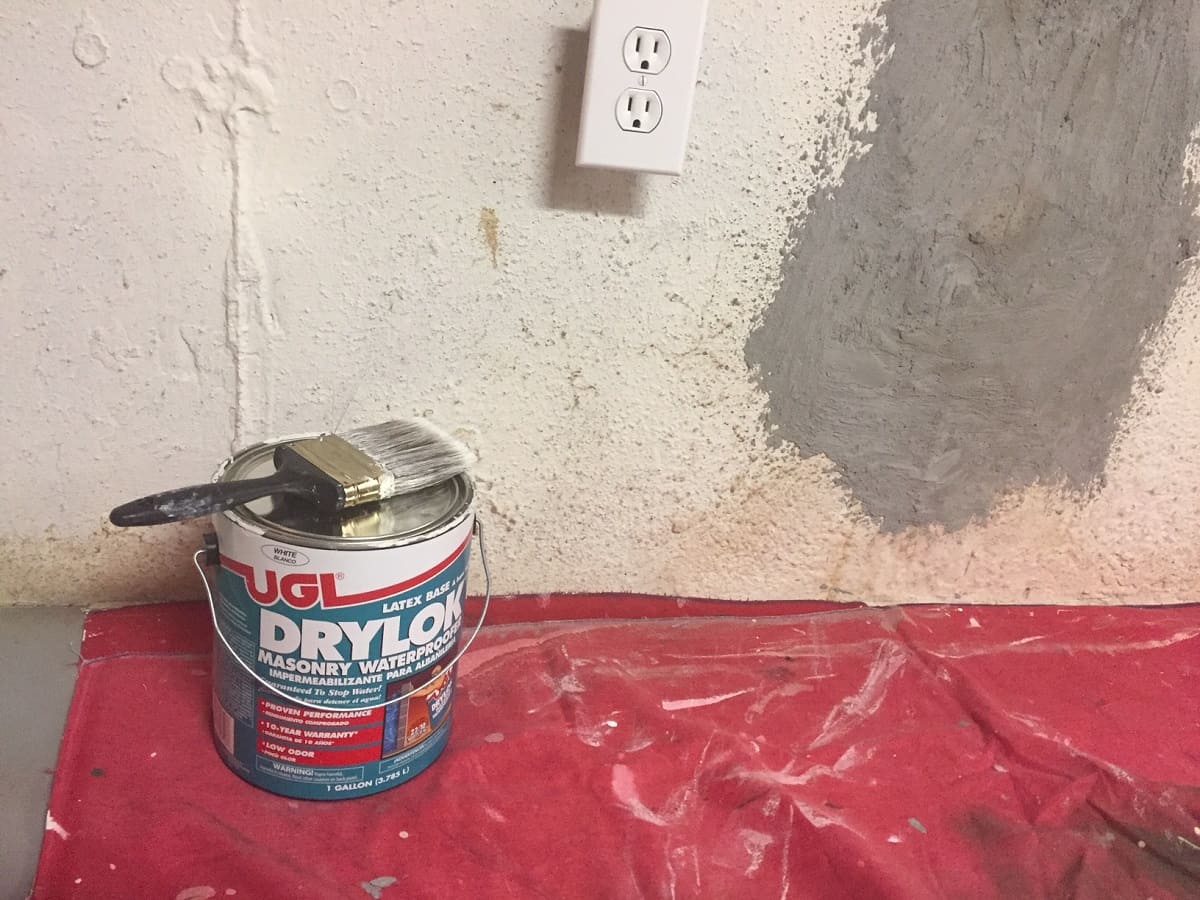
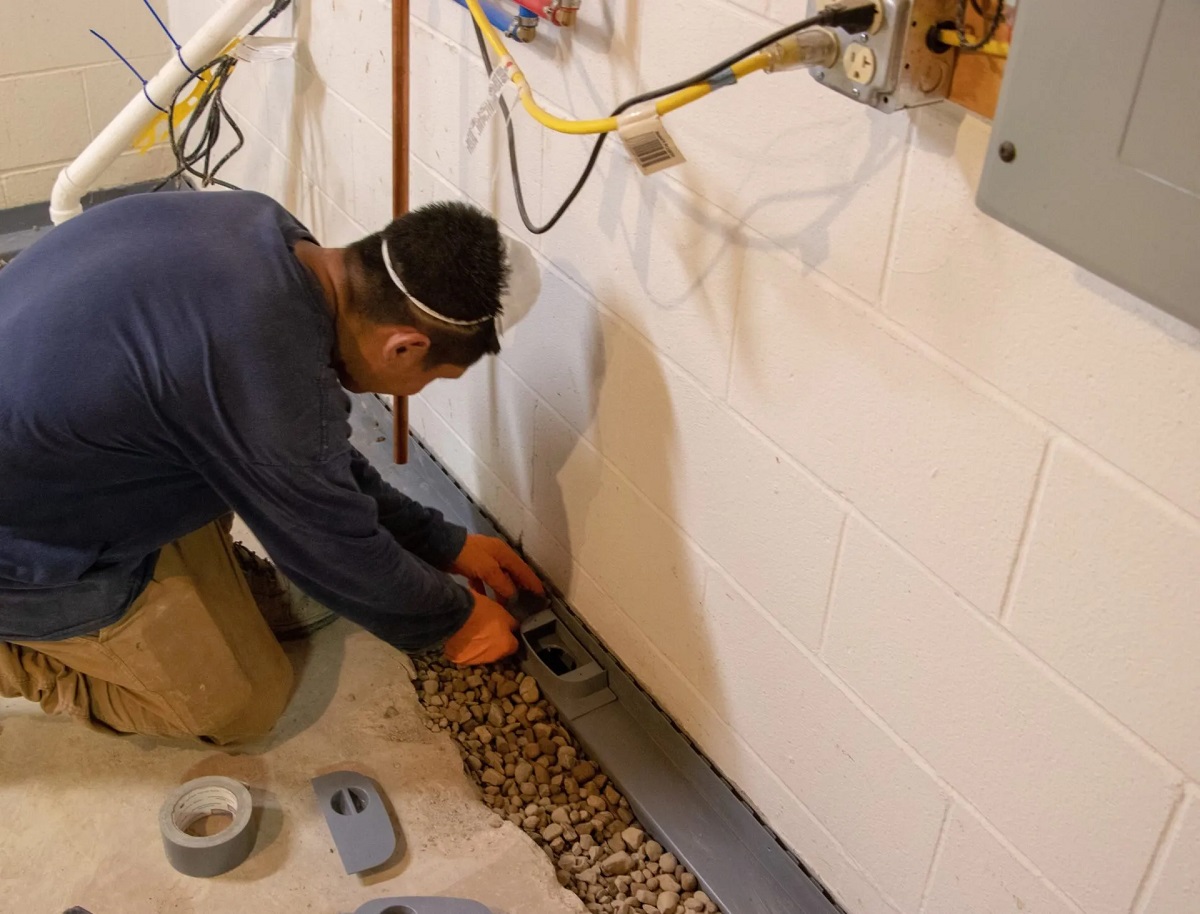
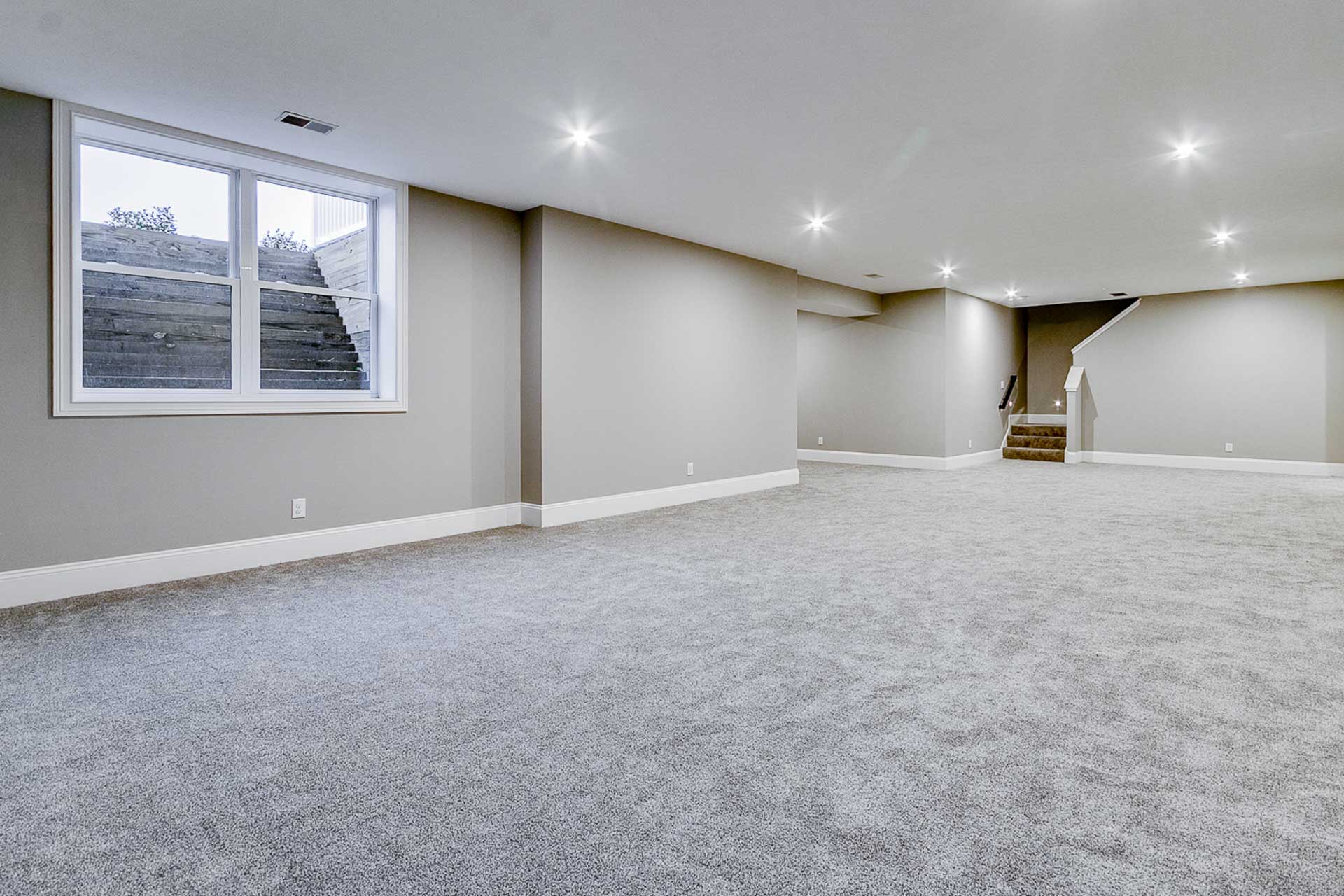
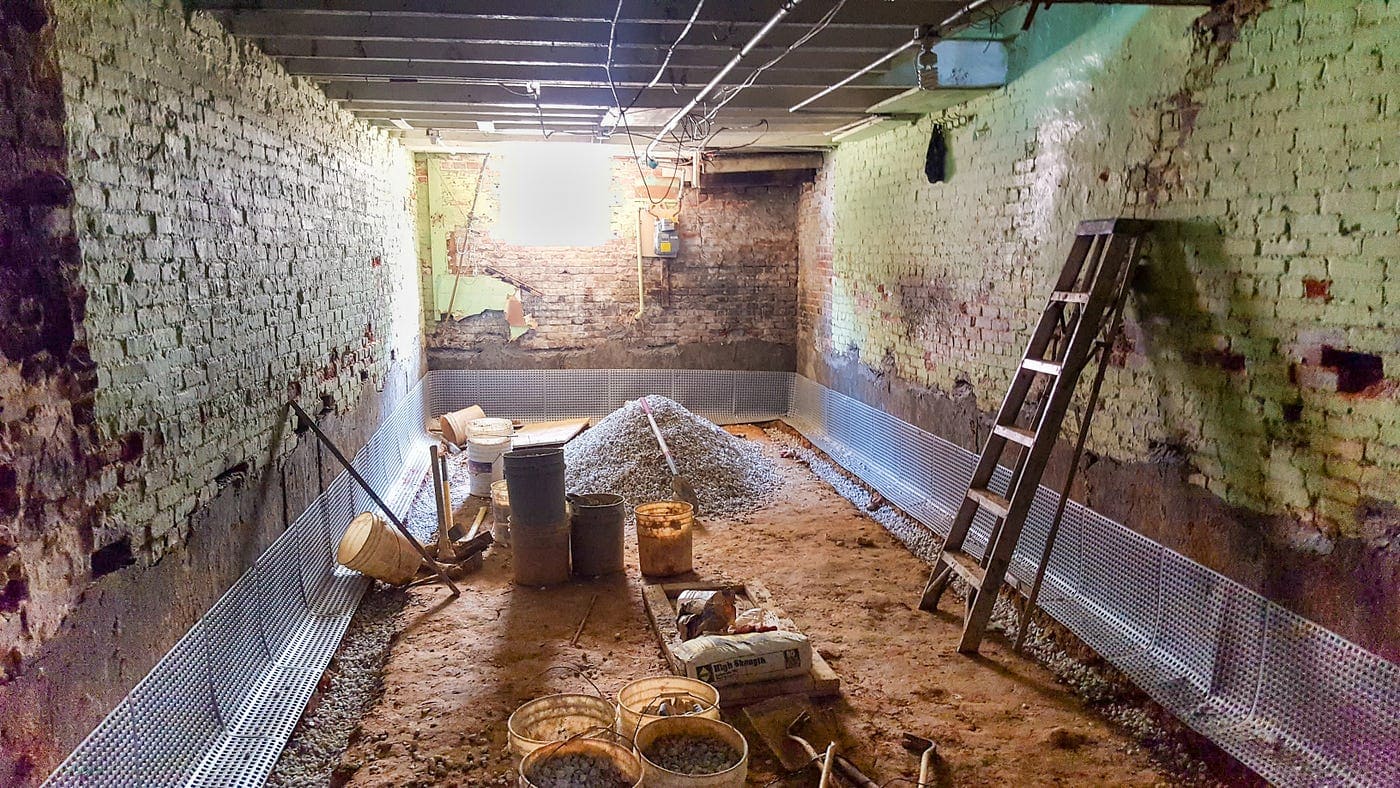
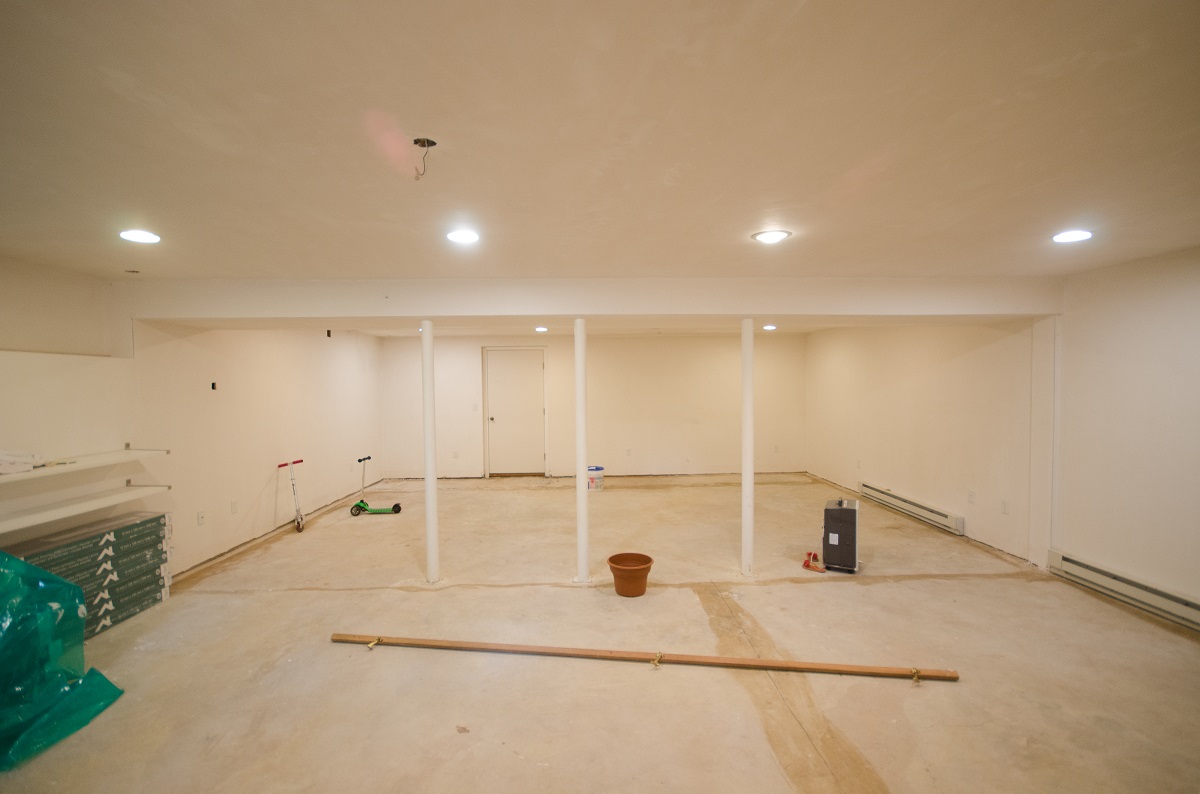
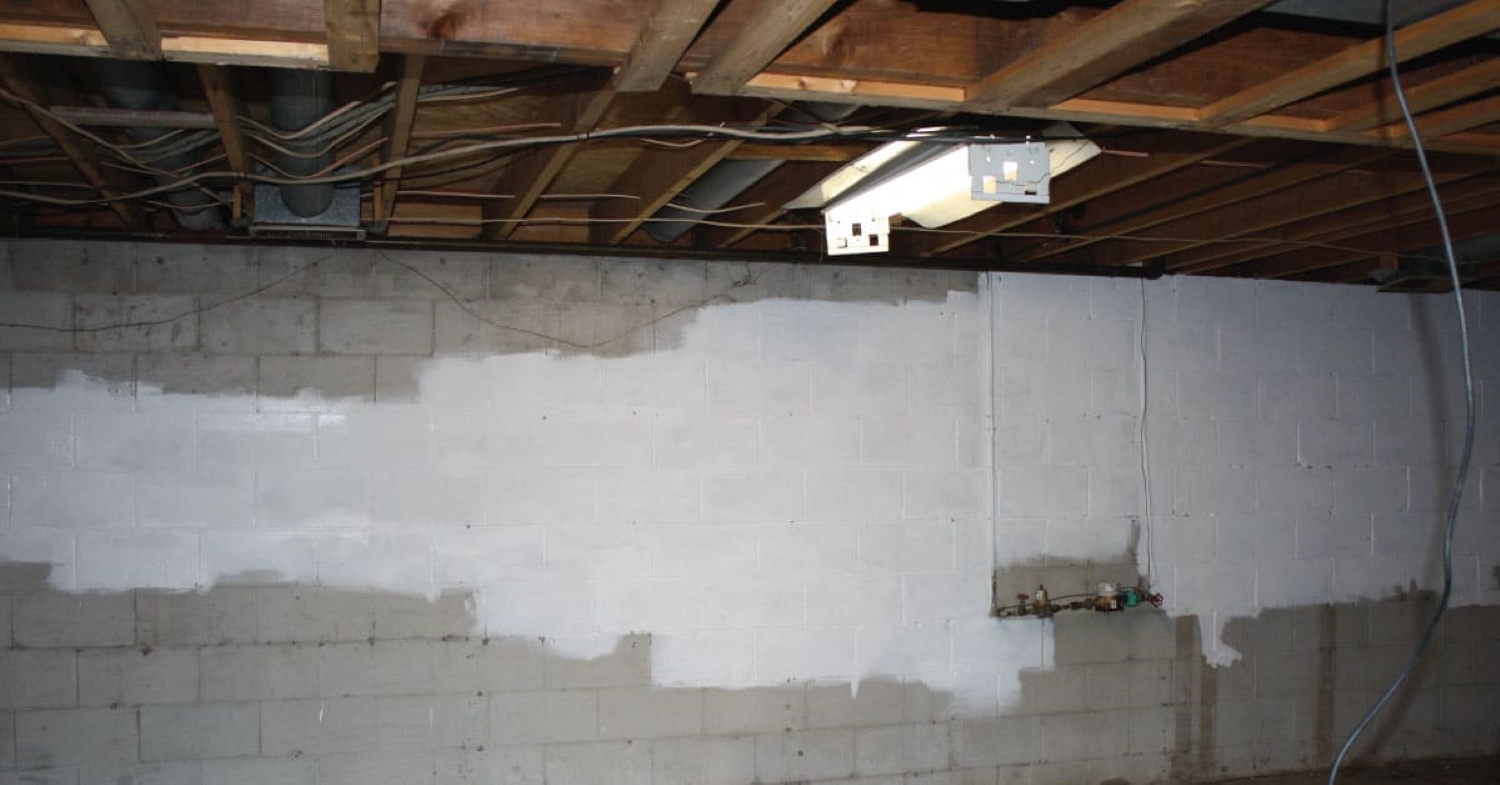
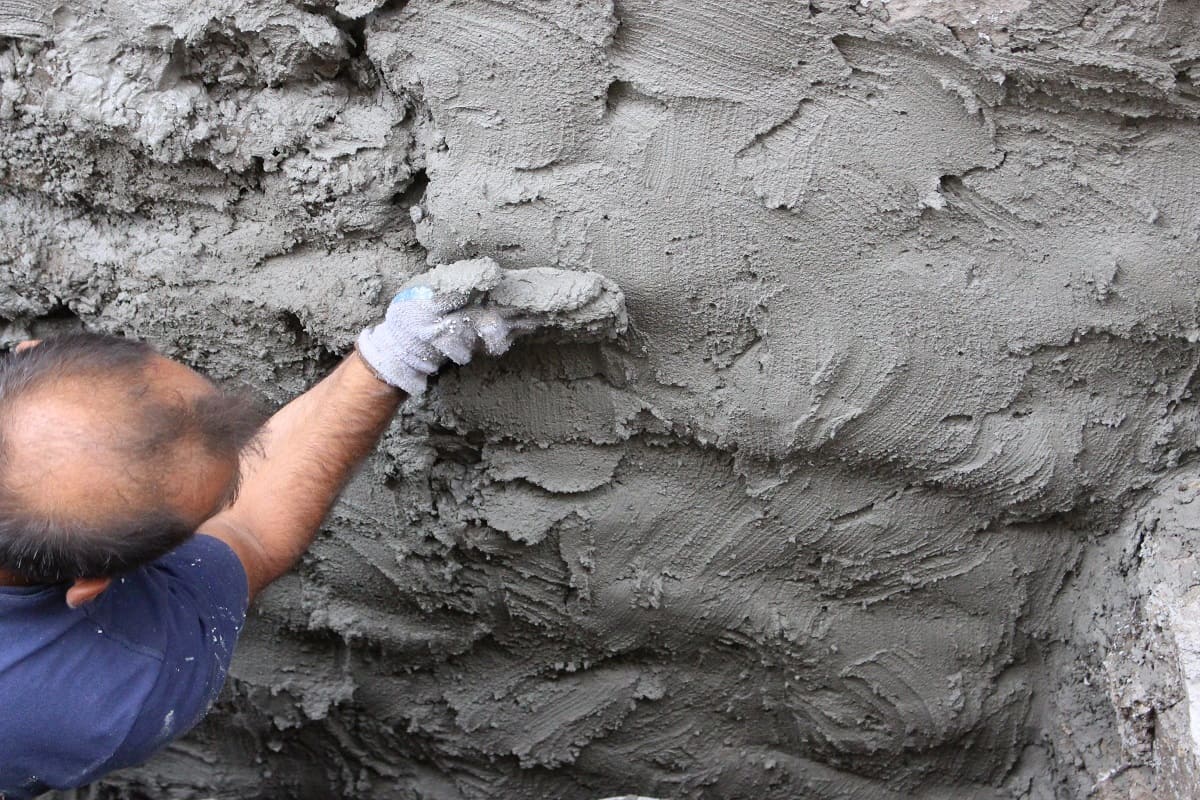
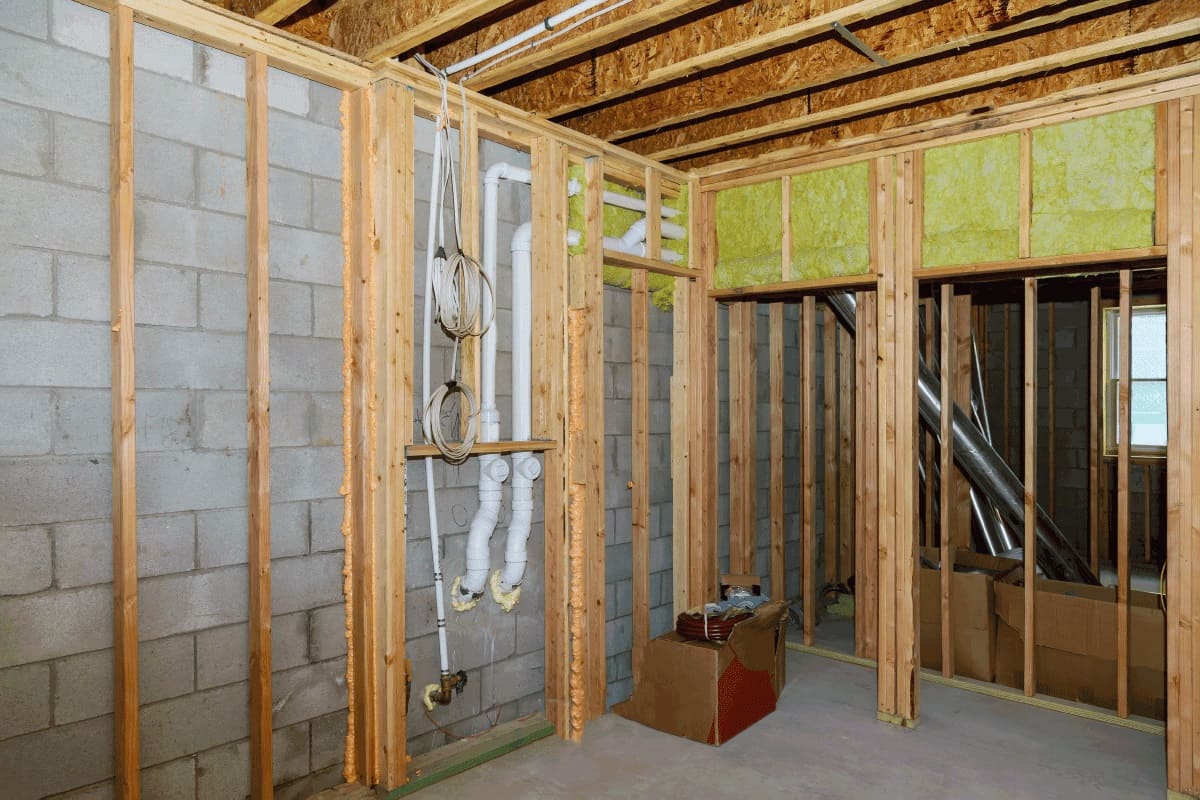
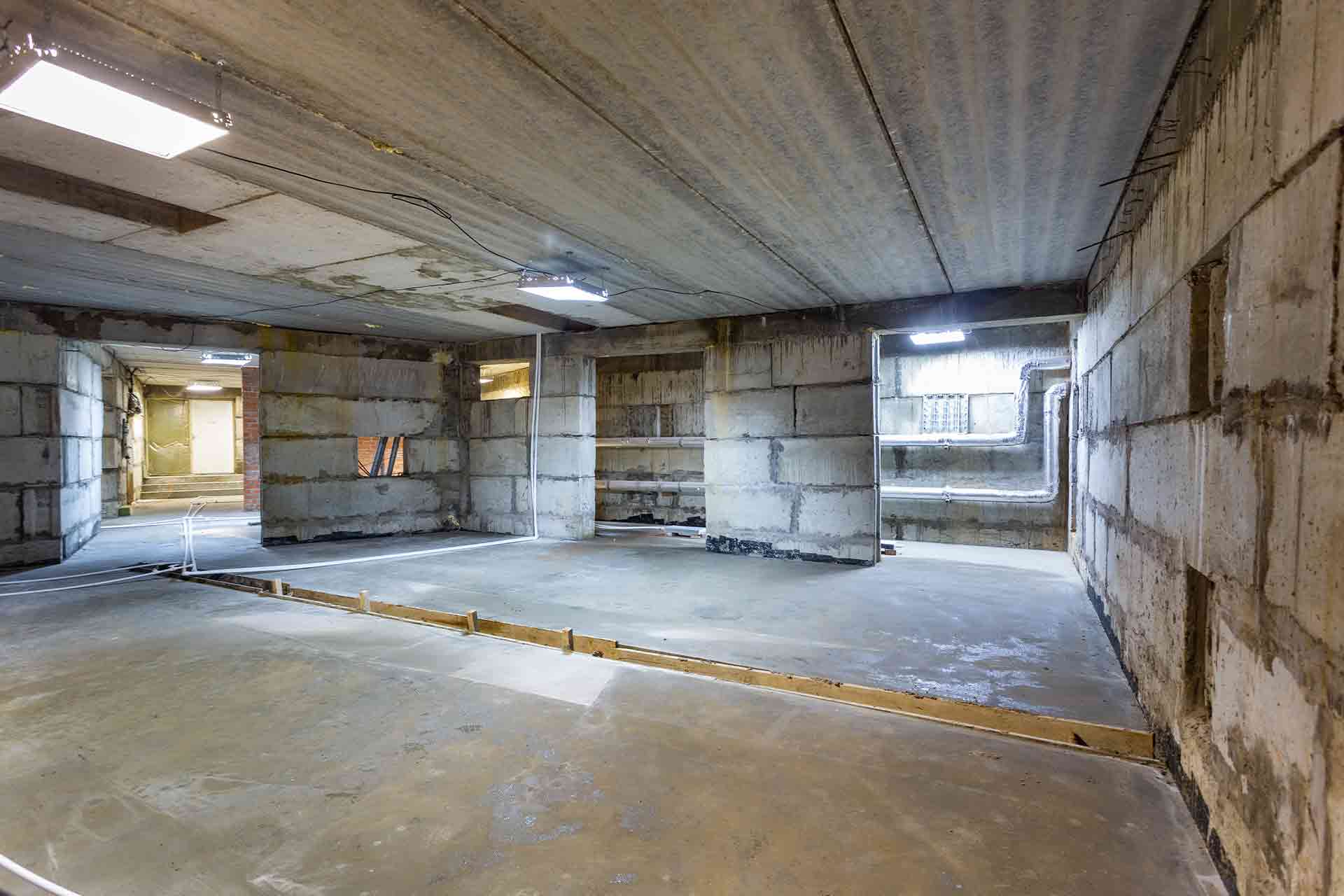



0 thoughts on “How Much Bowing Is Acceptable For Basement Walls”